Freezing Avocado: A Delicious Addition to Your Recipes
Avocado is a favorite ingredient for many of us.
Its creamy texture and rich flavor make it a versatile addition to various dishes. But have you ever thought about freezing avocado? In this article, we'll share a little trick that will allow you to freeze avocado and use it in delicious recipes. So, let's dive in!
Related: Frozen Avocado Slices: A Game-Changer for Avocado Lovers
Why Freeze Avocado?
Avocado is known for its short shelf life. It can quickly turn brown and spoil, making it challenging to keep it fresh for an extended period. Freezing avocado not only extends its lifespan but also helps you have this nutritious fruit available whenever you need it.
Related: Homemade Blueberry Muffin Mix in a Jar: Easy and Delicious Breakfast Delights
Freezing Avocado: Step-by-Step Guide
Freezing avocado is a simple process that requires minimal effort. Here's a step-by-step guide to help you freeze avocado for later use:
Step 1: Choose Ripe Avocado
To freeze avocado successfully, it's essential to start with ripe fruit. Look for avocados that are slightly soft when gently squeezed. They should have a dark green or black skin color.
Related: Homemade Caramel Coffee Creamer: Indulgent Bliss in Every Sip
Step 2: Cut and Remove the Pit
Cut the avocado in half, lengthwise, and remove the pit. Use a sharp knife to slice through the skin and flesh, making sure to avoid injuries.
Step 3: Slice or Chunk
Once the pit is removed, you have two options: slicing or chunking the avocado. Slicing is ideal if you plan to use avocado in sandwiches or on top of toast. Chunking works well for recipes like smoothies or guacamole.
Related: Freeze-Dried Guacamole: A Flavorful and Convenient Delight
Step 4: Lay on a Cookie Sheet
Line a cookie sheet with parchment paper. Lay the avocado slices or chunks on the sheet, making sure they are not touching each other. This allows them to freeze individually and prevents them from sticking together.
Step 5: Freeze
Place the cookie sheet with the avocado in the freezer. Let it freeze for a few hours or until the avocado becomes firm and solid.
Recipe: Homemade Hamburger Helper: Elevating Convenience with Delicious DIY Recipes
Step 6: Transfer to Freezer Bag
Once the avocado is frozen, transfer the slices or chunks to a freezer bag. Remove any excess air from the bag and seal it tightly. Don't forget to label the bag with the date to ensure you use the avocado within a reasonable time frame.
Utilizing Frozen Avocado in Recipes
Now that you have your frozen avocado ready, it's time to explore the various ways you can use it in your recipes. Here are some delicious ideas to get you started:
Related: The Avocado Revelation: Extending Freshness with a Water Bath
1. Avocado Smoothies
Frozen avocado adds a creamy and velvety texture to smoothies, making them even more satisfying. Blend frozen avocado with your favorite fruits like bananas, berries, or mangoes. Add a splash of almond milk or yogurt for extra creaminess. Enjoy a refreshing and nutritious smoothie to kick-start your day!
2. Avocado Toast
We all love avocado toast, and using frozen avocado makes it even more convenient. Simply toast your favorite bread and let the frozen avocado slices thaw for a few minutes. Once they reach room temperature, spread them on the toast, and top with your preferred toppings like cherry tomatoes, feta cheese, or a sprinkle of salt and pepper. Indulge in a delicious and satisfying breakfast or snack.
Related: Preserving Perfection: Unlocking the Secret to Freezing Avocado
3. Avocado Egg Salad
Elevate your traditional egg salad by adding chunks of thawed frozen avocado. The creamy avocado complements the eggs perfectly, adding a unique twist to this classic dish. Mash the avocado and mix it with hard-boiled eggs, mayonnaise, mustard, diced onions, and a dash of lemon juice. Serve it on a bed of lettuce or between two slices of bread for a delightful lunch option.
4. Avocado Salsa
Frozen avocado is an excellent addition to salsas, adding a creamy element to the mix. Combine thawed avocado chunks with diced tomatoes, red onions, jalapeños, cilantro, lime juice, and salt. Stir gently and let the flavors meld together for a refreshing and flavorful salsa. Serve it with tortilla chips or as a topping for grilled chicken or fish.
Related: Preserving Avocado Perfection: The Refrigerator Water Method
5. Avocado Pasta Sauce
Create a creamy and luscious pasta sauce using frozen avocado. Blend thawed avocado slices with garlic, basil, lemon juice, olive oil, and a pinch of salt and pepper. Toss the sauce with your favorite cooked pasta and add some cherrytomatoes, grated Parmesan cheese, and fresh basil leaves for a delightful and satisfying meal.
FAQs
1. Can I freeze whole avocados?
While it is possible to freeze whole avocados, it is not recommended. Freezing the whole fruit can result in a mushy texture when thawed. It's best to slice or chunk the avocado before freezing for better results.
Related: Master the Art of Canning: Irresistible Smashed Avocado with Zesty Lime Juice Recipe Revealed
2. How long can I keep frozen avocado?
Frozen avocado can be kept for up to 4-6 months. However, for the best quality and taste, it is recommended to use it within 2-3 months.
3. Can I freeze guacamole?
Yes, you can freeze guacamole. Follow the same process of slicing or chunking the avocado, then mash it with the other guacamole ingredients. Transfer the guacamole to an airtight container, leaving some space for expansion, and freeze. Thaw it in the refrigerator when you're ready to enjoy it.
avocado, freeze, recipe, smoothies, sandwiches, eggs




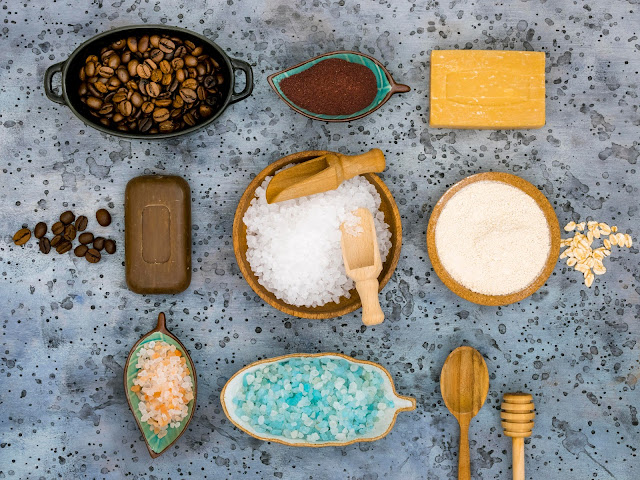

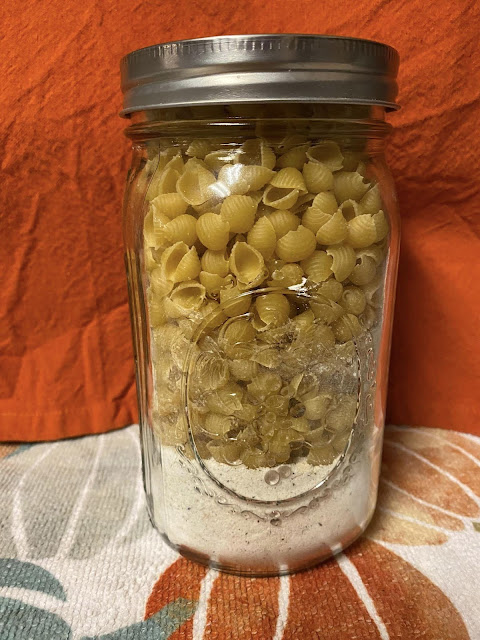




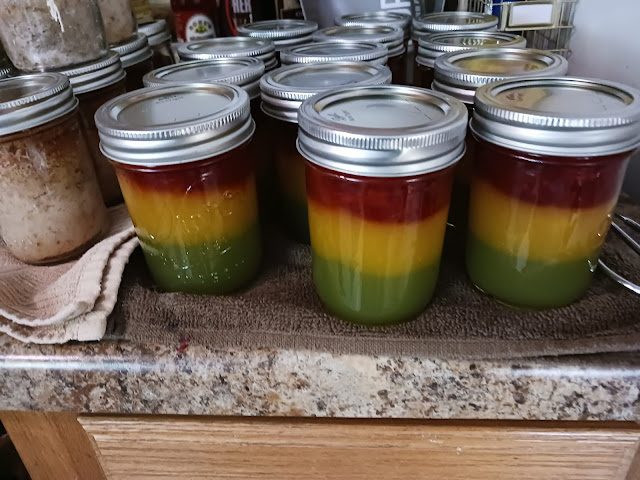

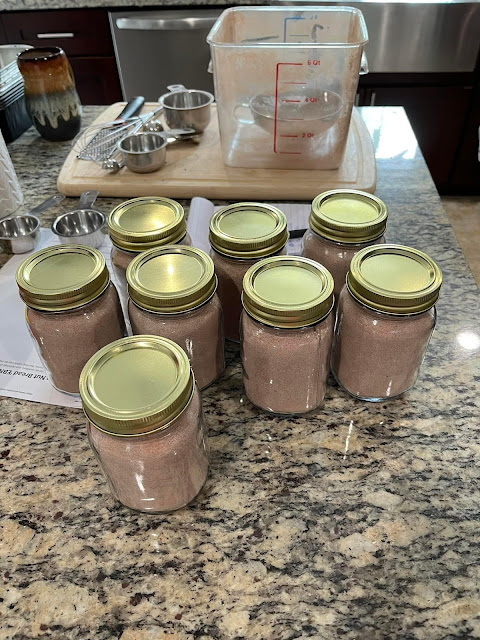
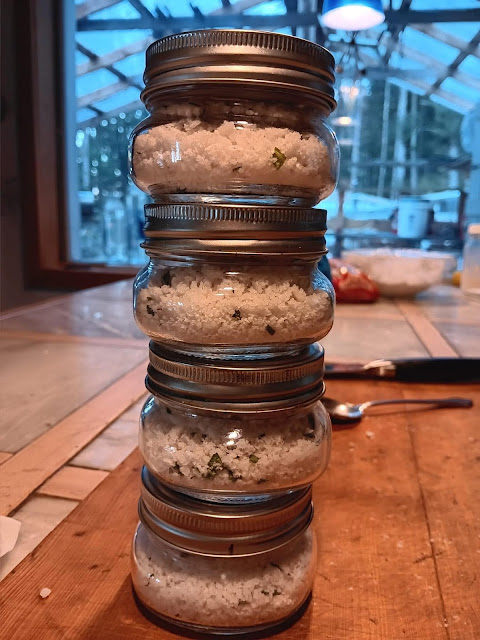
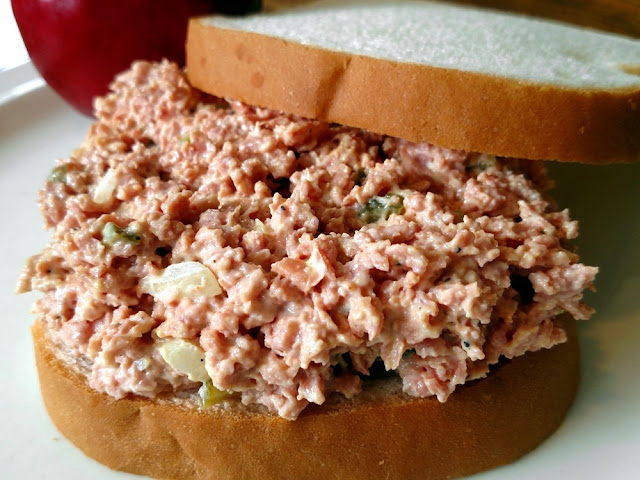
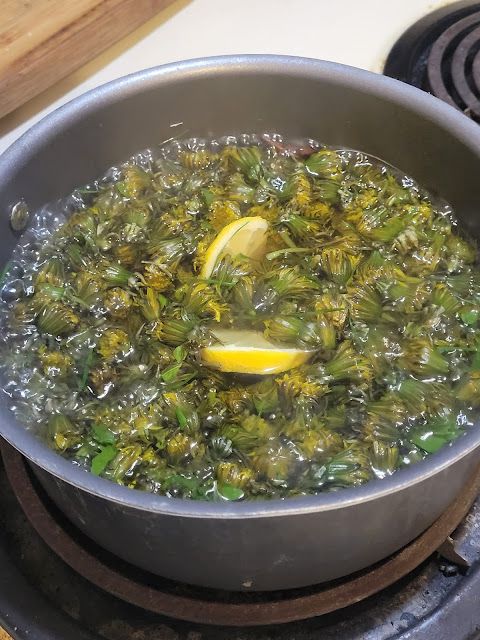



Comments